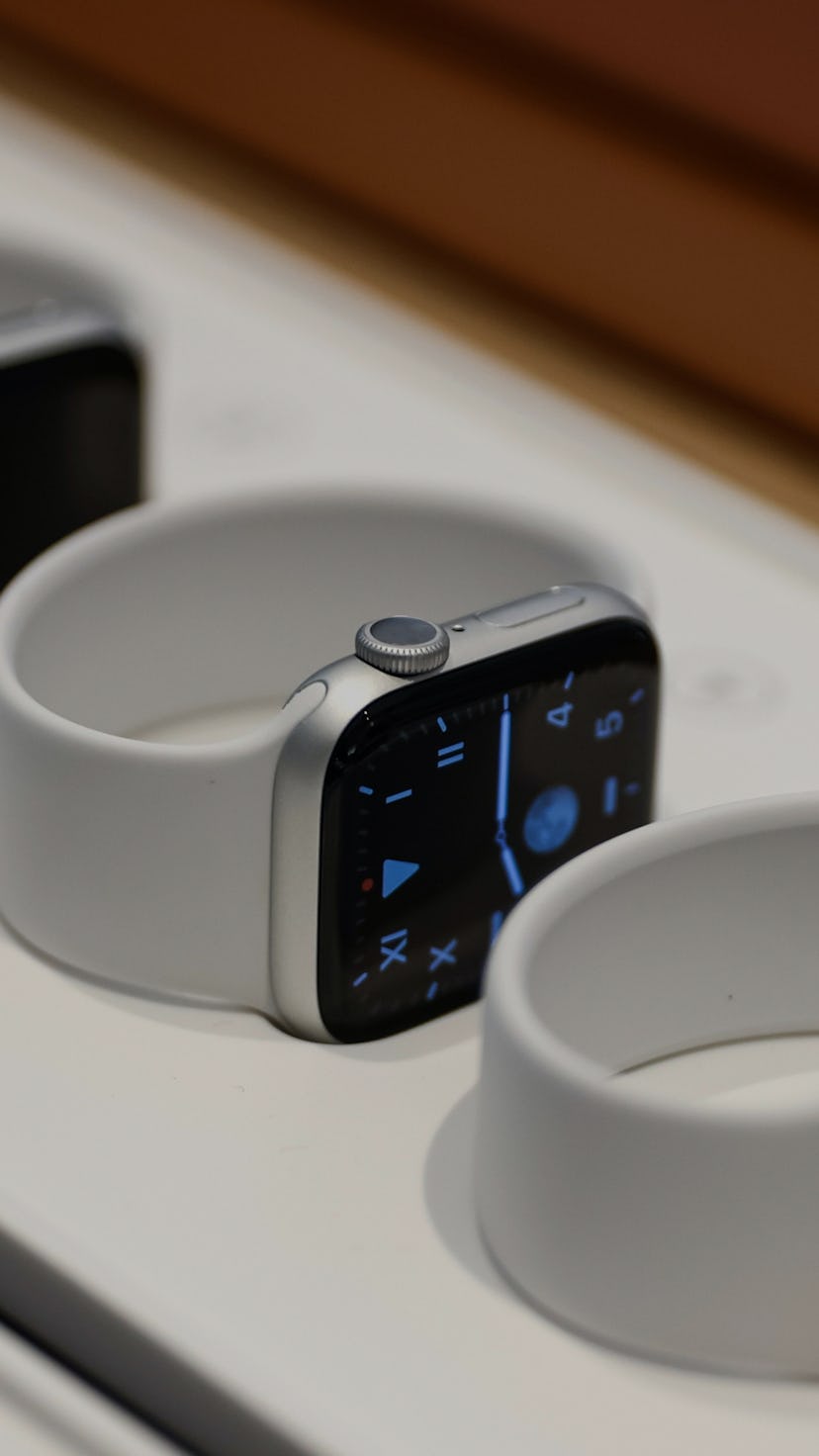Time is round (sort of)
The Apple Watch, and really all smartwatches, should be round
With a circular Pixel Watch waiting in the wings, 2022 is a better time than ever for Apple to round out its smartwatch offerings.

So it finally seems like a Pixel Watch might happen.
Google acquired Fitbit, debuted a revamped version of Wear OS via a new partnership with Samsung, and the company’s senior vice president of devices and services Rick Osterloh even suggested in an interview with The Verge that Google might have more to share on smartwatch hardware “next year.” Recent leaks of a high-end flagship “Pixel Watch” seem to seal the deal — Google is making a smartwatch.
But what I can’t seem to shake is that... it’s round.
Of the hills I enjoy frequently dying on, “time is round” is definitely one of the more unusual ones, but hear me out. The Pixel Watch (if that’s what it is ultimately called) appears to have a circular watch face (actually a circular dial, more on this later) and, in general, looks a lot more like a traditional wristwatch than the rectangular displays we’ve come to expect from devices like the Apple Watch. I can’t help but be drawn to it. There’s something immediately appealing about it, aesthetically, spiritually, and as I’ve now learned, there might be something even deeper behind that. Watches should be round! Time is round!
Time is round
Well, technically, no, time is not round. “From a physicist’s perspective, they’d argue it’s linear,” contends the Horological Society of New York’s (HSNY) executive director Nicholas Manousos. But historically and culturally, time has long been considered circular.
For some background, horology is the study and measurement of time. The Horological Society of New York (HSNY) is one of the oldest continuously operating horological associations in the world, representing watch and clockmakers, horologists, and historians. All dedicated to “advancing the art and science of horology through education.” Nicholas Manousos, besides graciously taking time out of his day to talk timekeeping, is an Apple Watch owner and a mechanical watch obsessive.
“I guess that a good way of putting it is really, Form follows function.”
Manousos tells Input you can really trace our common conception of “time as a circle” to primitive humans’ relationship with the sun. One of the first observable signs of time passing is the sun’s movement through the sky. Manousos says that’s part of the reason why horology and astronomy have always had a close relationship with each other. Early astronomical concepts like the idea that the earth was the center around which everything rotated (the geocentric model) reinforced circular ideas of time further. Early astronomers thought, “Well, time continues at night. It's just that the Sun is on the other side of the world, and I can't see it. And you know what the Sun is doing? You can draw it out, a path orbiting the earth in a circle,” Manousos says.
Circles appear all over timekeeping. they exist in sundials, like the kind you might have made in elementary school science class. But also in the dial (the technical term for what I’ve always referred to as a watch face) of mechanical clocks and watches, the coiled springs they use to store energy, and the gears they use to turn. Even early digital watches that still had mechanical components but no arms for hours, minutes, or seconds featured internal wheels to spin through numbers and track the time, according to Manousos.
“I don't think there was ever really a like a debate on it. It wasn't like, oh well let’s tell time a different way,” Manousos says. “This is just the natural way that it came about... I guess that a good way of putting it is really, form follows function.”
Reject modernity, embrace tradition
There’s a deep, cultural history underneath the kneejerk appreciation of the aesthetics of a circular smartwatch. It’s what I think drew people to the original round Moto 360 smartwatch, and what made it so disappointing that technical display limitations left it with a “flat tire” dial or watch face (though, that’s since been solved on new versions).
Apple has made quite a show of embracing horological tradition with the Digital Crown, an input method it described at the launch of the Apple Watch as being “as integral to Apple Watch as the Click Wheel is to iPod. Or the mouse is to Mac.” Various watchOS watch faces and complications also mimic real-life mechanical watches. That appreciation for horology just hasn’t extended to the shape of the Apple Watch or watchOS.
That doesn’t mean things can’t change. One of Apple’s most iconic designs, the iPod click wheel, is a proud celebration of the circle. The company also frequently changes up designs not just to introduce new functionality, but also to juice sales. A new look sells new iPhones. Based on the excitement around a dramatic redesign in the lead-up to the Apple Watch Series 7, it very well could sell new watches, too.
But more than that, for me personally, Apple or any other company looking to hit the scene with a new smartwatch, should consider the circle. Time might not be round, but there’s a proud history of the devices we use to track it, being circular. No amount of notifications or fitness features changes that. We deserve options.